Afrovenator
Name Origin
Hunter from Africa
Family
Megalosauridae
Classification
Diapsida, Saurischia, Theropoda
Habitat (Discovery Location)
Niger
Period
167 to 161 million years ago (Middle Jurassic)
Length
Approximately 7 to 8 meters
Weight
Approximately 1 ton
Diet
Carnivore (Meat-eater)
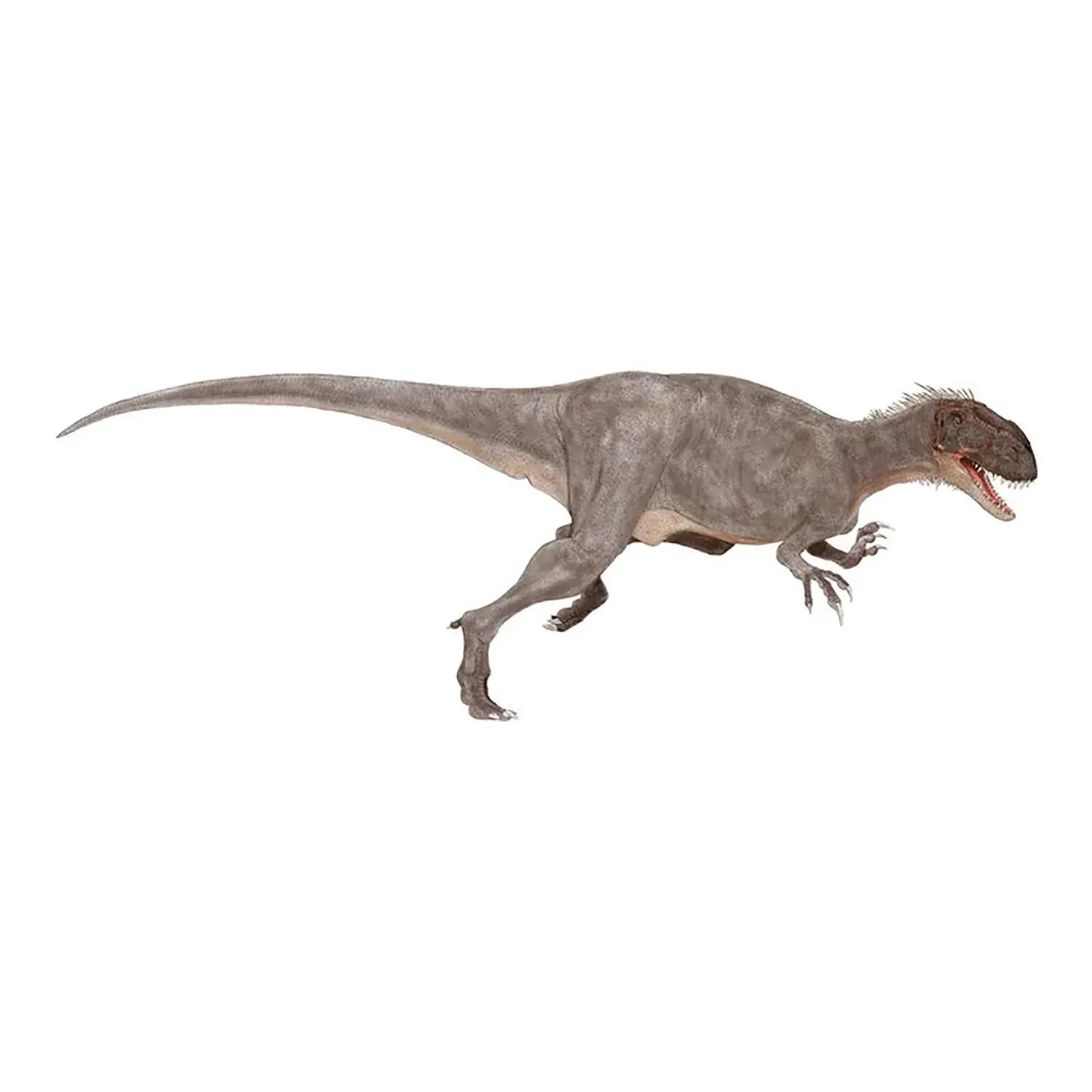
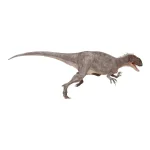
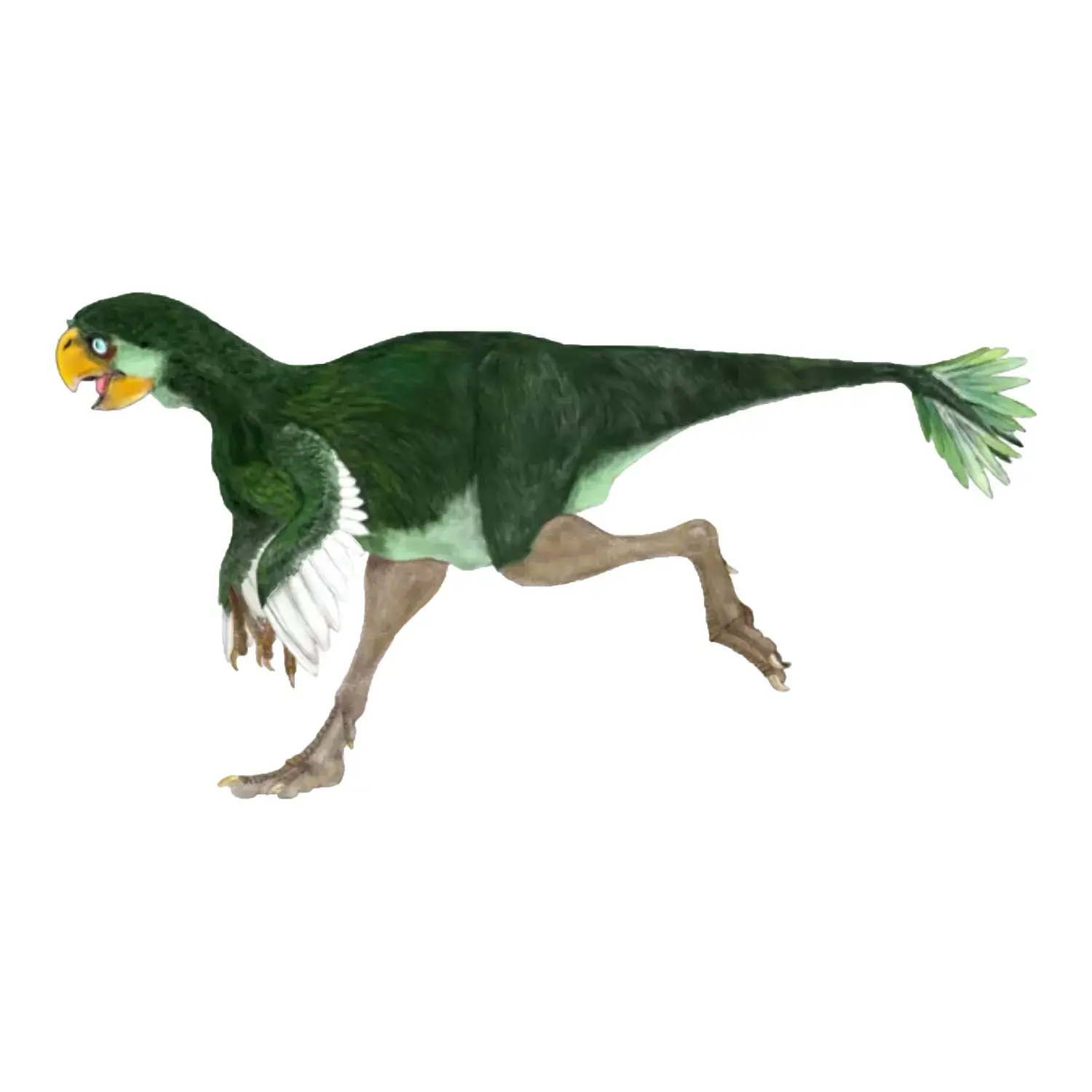
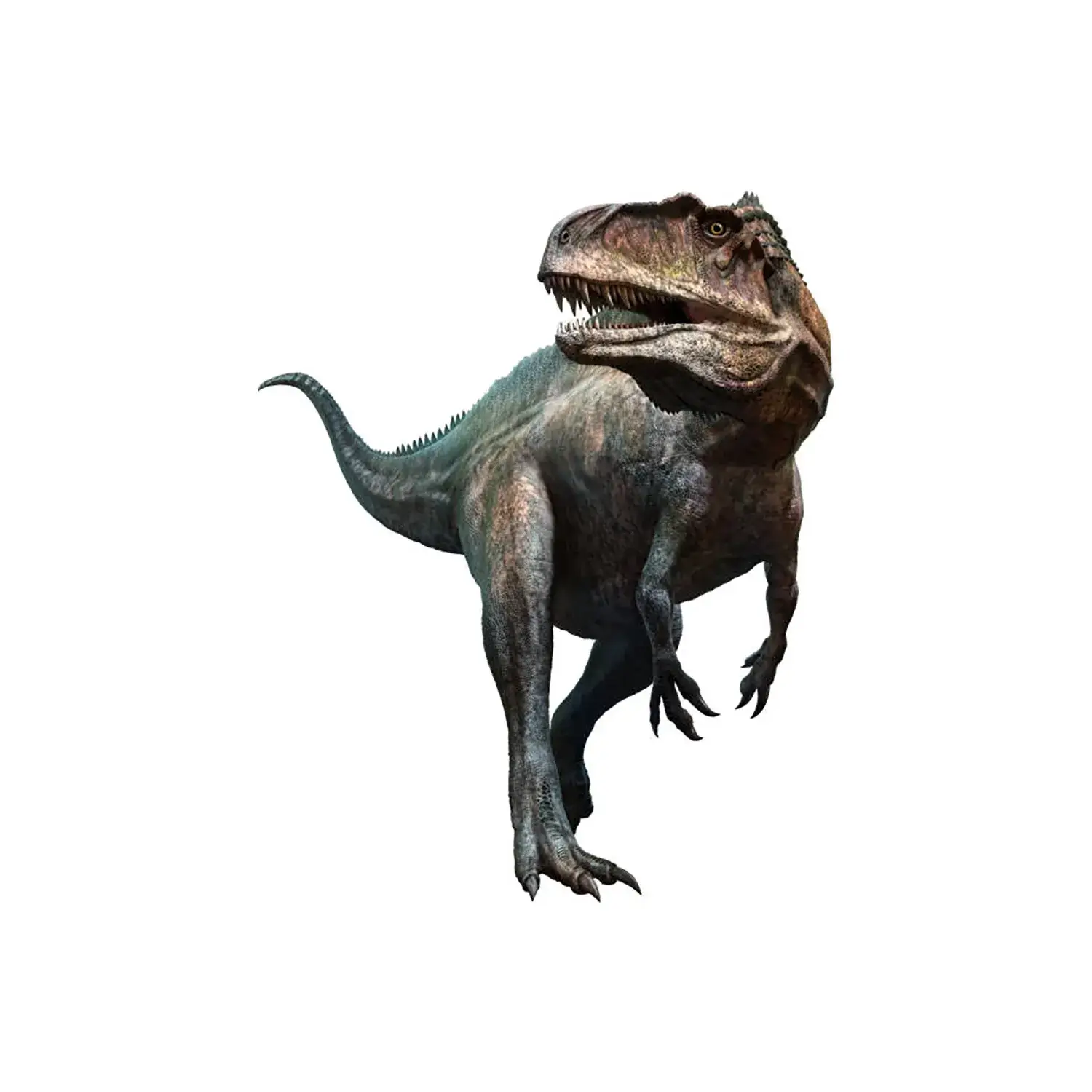


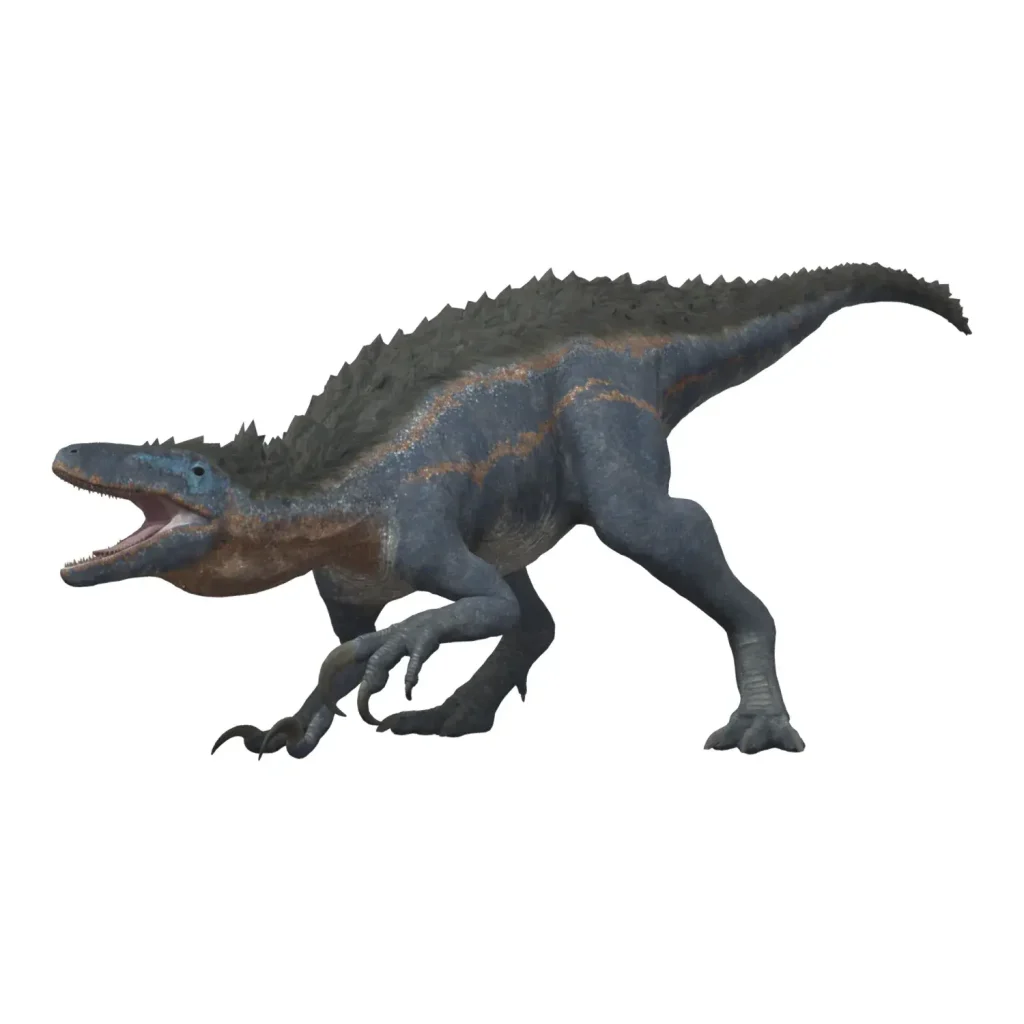
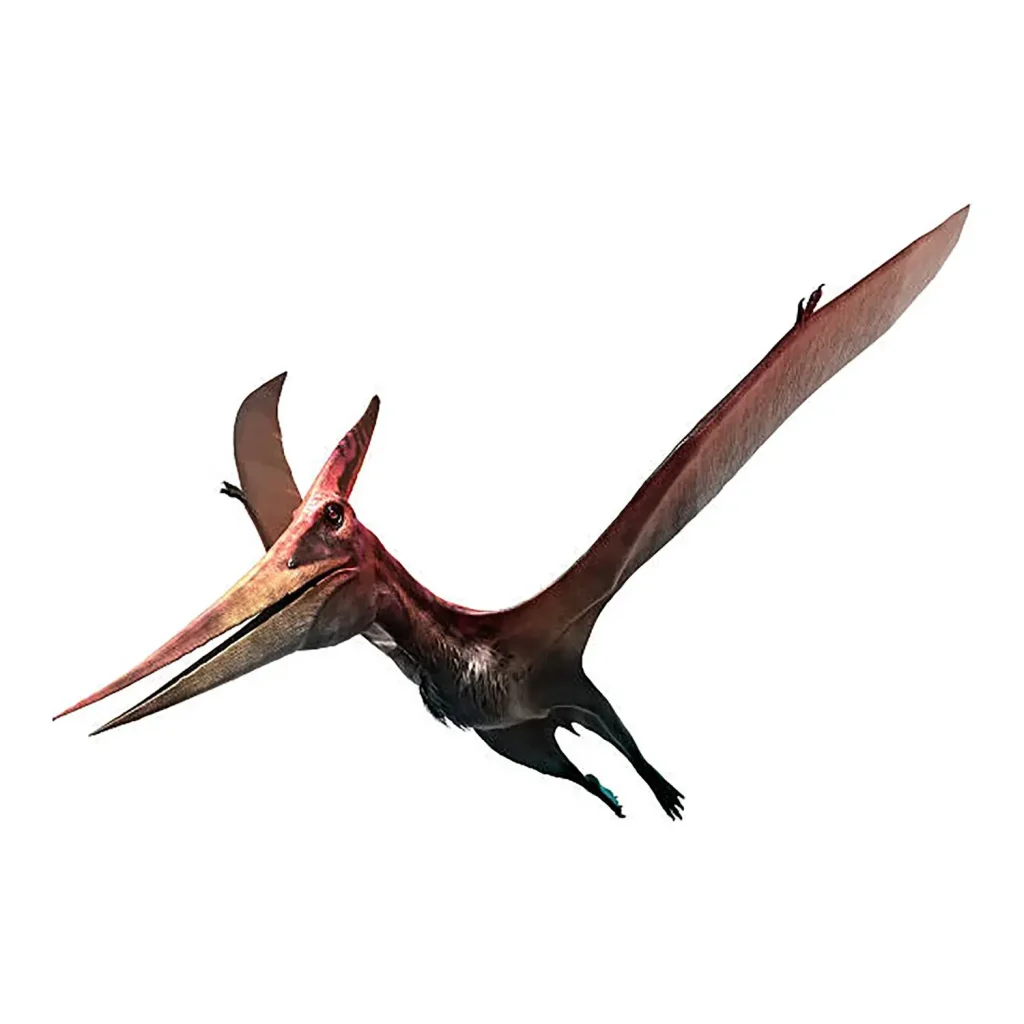
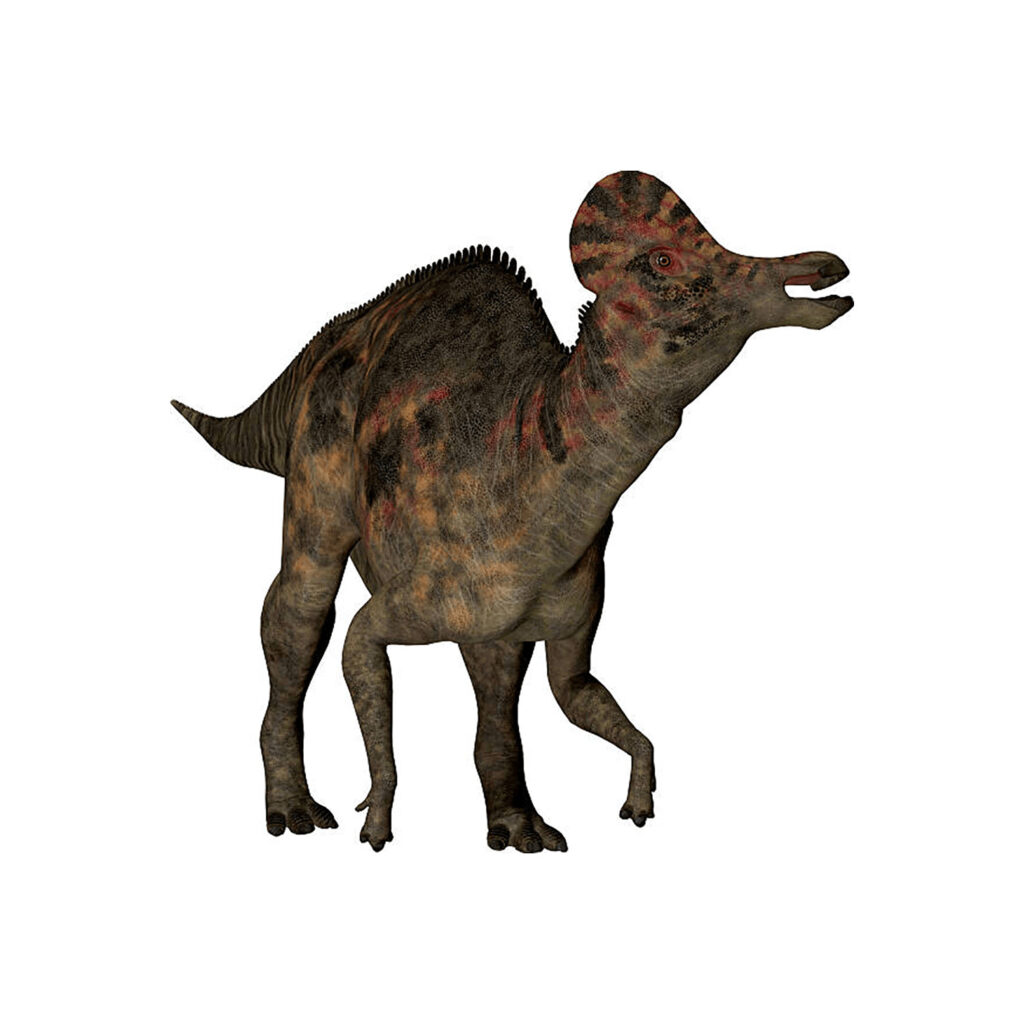













Description
Afrovenator was a megalosaurid theropod that lived in Niger, Africa, during the Middle Jurassic period.
Its name, meaning “hunter from Africa,” was given after a nearly complete skeleton was discovered by American paleontologist Paul Sereno in 1993.
A Discovery That Rewound Time and Its Unique Features
The Afrovenator fossil was initially thought to be from the Early Cretaceous, but a re-examination of the rock layers corrected its period to the Middle Jurassic.
This was a very important discovery, as it demonstrated the diversity of dinosaurs on the African continent at that time.
Its skeleton is similar to that of a Late Jurassic Allosaurus, but its overall build was more slender and retained more primitive features.
Its skull was low and long, with a narrow, pointed snout.
Its tail was also stiff and the rest of its body was slender.
Hunting Style and Physical Characteristics
The forelimbs of Afrovenator were powerful, and its three sharp claws were a strong weapon for catching and tearing prey.
Its teeth were thin and knife-like, making them well-suited for slicing meat.
However, its hind limbs had a shorter tibia than its femur, so it was likely not a runner type that could run fast for long distances.
Therefore, it is believed to have hunted by ambushing and surprise attacks rather than relentlessly chasing its prey.
North Africa, where Afrovenator lived in the Middle Jurassic, was a rich floodplain with vast rivers.
Fossils of other dinosaurs, such as the sauropod Jobaria and a theropod similar to Suchomimus, have been found in the same rock layers, suggesting that Afrovenator may have preyed on them.
Classification and Close Relatives
Afrovenator is considered a close relative of Dubreuillosaurus and Eustreptospondylus, both discovered in Europe, and some theories suggest that these dinosaurs form a group called “Afrovenatorinae.”